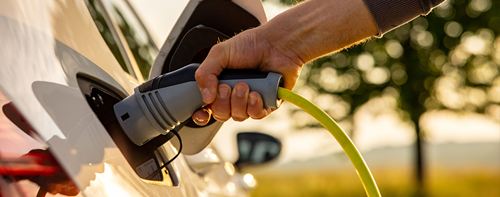Sustainability
Lowest carbon route to market
Although mobility remains a key driver of economic development and social inclusion, we recognise that the automotive industry contributes significantly to global greenhouse gas emissions. That’s why our Planet pillar focuses on reducing our environmental footprint and driving forward the mobility transition – market by market.
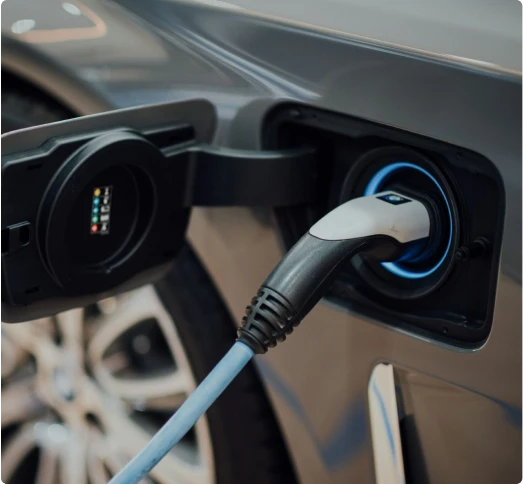
Our ambition is clear:
to provide the lowest carbon route to market for our OEM partners, while enabling sustainable growth and mobility for communities across the markets we work in.
Every year, we take deliberate, data-driven steps to reduce emissions, increase efficiency and invest in low-carbon solutions.
In 2024, we reduced our overall direct emissions by 37.5% from our 2019 baseline we also saw an 8% year-over-year reduction in emissions intensity per vehicle we sold, as the vehicles become more emissions-efficient, regardless of the powertrain.
Our 2024 highlights
7.5 %
Scope 1 and 2 emissions
year-on-year reduction
37.5 %
Scope 1 and 2 emissions
overall reduction, 2019 baseline
70 +
Onsite generation
avoiding 999 tCO₂e
4
Globally rolled out
key programmes
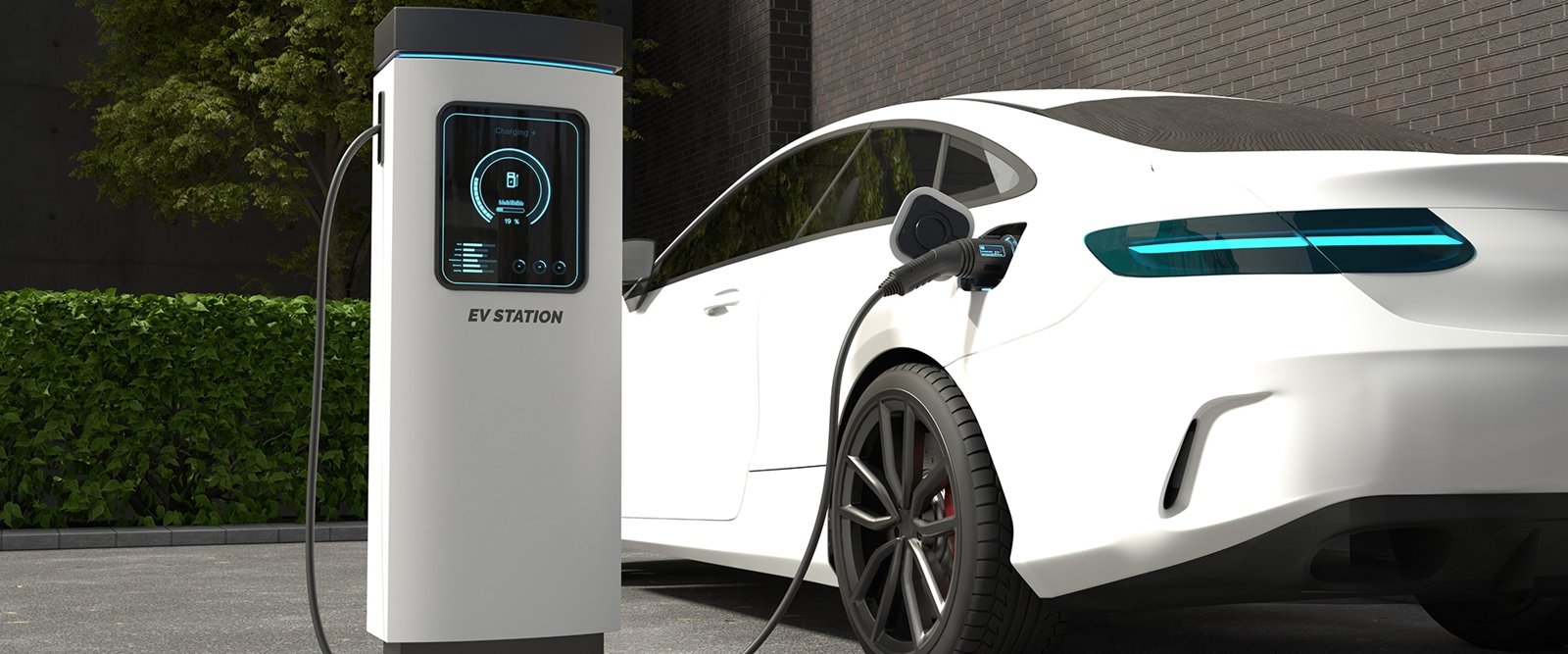
on the road to net zero
Target: Reducing absolute emissions by 46% by 2030
Progress: 37.5% reduction in 2024 from our 2019 baseline
Decarbonising our operations is central to becoming the most sustainable route to market. We’ve set ambitious targets – to reduce absolute Scope 1 and 2 emissions by 46% by 2030 (against a 2019 baseline) and reach net zero across these scopes by 2040.
We are making strong, steady progress. In 2024, we achieved a 7.5% reduction compared to the previous year, bringing our total reduction to 37.5% since 2019. This momentum reflect action across our global footprint – through the expansion of solar energy, upgrades to energy efficiency and the introduction of minimum global standards for decarbonisation at all sites.
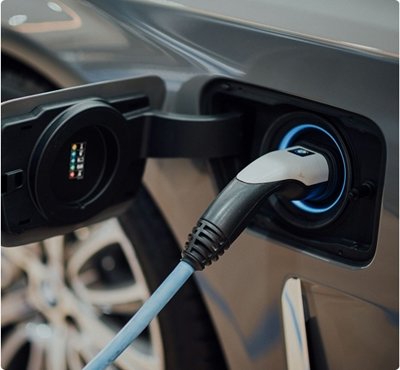
Driving down value chain emissions
We want to ensure we understand and tackle the full extent of our emissions, not just those that happen in our own operations. In 2024, we assessed our full value chain emissions (Scope 3) to have full visibility of all emissions related to our business. Due to the varied pace of transition across our markets and the breadth of our portfolio, we can’t set a feasible reduction target yet.
Our approach is focused on action. Rather than limiting our presence to faster-transitioning markets to reduce our footprint on paper, we are committed to supporting sustainable mobility in every market where we operate.
We continue to make measurable progress. The proportion of BEVs in our overall sales mix has steadily increased – reaching 2.3% in 2024, more than double the 2023 share (1.0%), and NEVs and BEVs are offered in <70% of our markets. As the transition gains pace, we expect to see a steady decline in value chain emissions over time.
We focus our efforts across three areas
Expanding low-emission vehicle options
We continue to grow the share of Battery Electric Vehicles (“BEVs”) and New Energy Vehicles (“NEVs”) in our portfolio, including representing OEMs with fully electric or NEV-only line-ups across multiple markets;
Supporting decarbonisation of national grids
As electricity systems decarbonise, the lifetime emissions of the NEVs we sell will reduce significantly; and
Engaging with OEM partners and policymakers
We share insights and collaborate closely with our partners and stakeholders to advance local mobility transitions and ensure the right conditions for low-emission technologies to thrive.
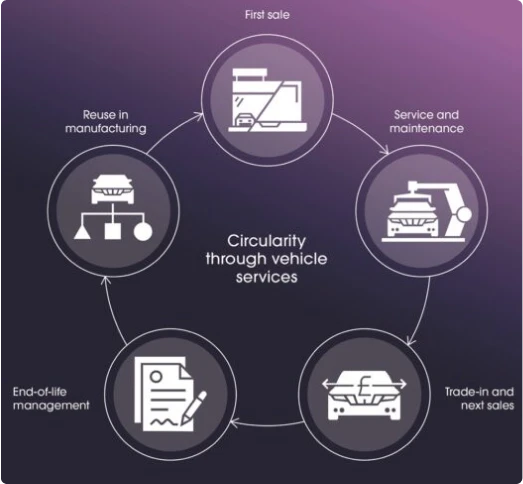
Accelerating circularity and supply chain efficiency
Our environmental impact extends beyond emissions – it is also crucial to extend the longevity of the vehicles we sell. Our work to maximise vehicle lifespan by providing servicing, parts, and used vehicle sales directly contributes to minimising waste and promoting reuse.
We’re also improving our logistics and storage systems to reduce unnecessary transport and material use across our operations. For instance, in 2024 we consolidated all waste suppliers into a single in Australia. This has strengthened circularity, improved oversight of waste streams, and allows us to set more targeted goals to reduce landfill and increase reuse.

LOOKING AHEAD
As we grow, we’re scaling what works – combining local insight with global standards to make meaningful progress in every market we operate in. The road through the mobility transition is complex and the pace of change varies across our markets, but our direction is clear.
We will:
- Continue our progress towards halving our Scope 1 and 2 emissions by 2030, and achieving net zero by 2024;
- Continue reducing operational emissions year-on-year, strengthen visibility over our value chain footprint and act on reducing our Scope 3 emissions even if it isn’t currently possible to set a target;
- Work with OEM partners to expand access to lower-emission vehicles across markets;
- Retain focus on four key programmes rolled out globally – energy efficiency, electrification, green tariffs and onsite generation;
- Embed our new Sustainability reporting platform to support the carbon reporting process; and
- Take further action to support a circular, resource-efficient automotive ecosystem.
Learn more about our Planet pillar progress in our most recent Sustainability Report.


